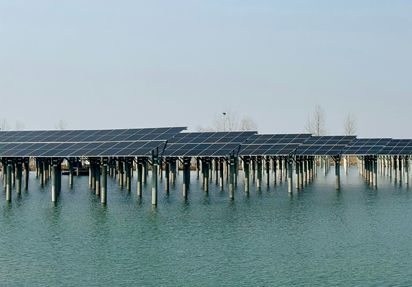Leigh Baker | June 3, 2016
(Originally published on Balance3.com.au, updated 14 December 2023)
There is a growing wealth of tools available for getting change happening in human systems. They come from a range of fields from education to linguistics.
If you’re serious about any form of sustainability, then you have probably realised that the real implementation work isn’t in the technology. The real implementation challenge is in shifting the behaviour of the human systems we call “business” and “the economy”.
Biologically, both human individuals and human systems are evolved to preserve and protect their status quo (until a better offer comes along). That makes any form of innovation – whether it’s exercise for personal health or a big challenge.
Fortunately – as with today’s cleaner regenerative technology solutions – there is an increasing range of tools available to enable innovation delivery.
These tools come from a range of sources – psychology, marketing, education, neurobiology and more.
Some key tools and resources I keep coming back to are:
- The fundamental conversation sequences and skills supporting innovation adoption of the Generative Innovation model explored in book THE INNOVATOR’S WAY.
- Crafting more effective messages by using the 4MAT framework for human learning to meet different information needs.
- Understanding how key core human motivations and needs differ across temperament groups, using the framework of Myers-Briggs temperament types.
- The “how of the how” of using language effectively to share new possibilities and get thing done delivered by Ontological Coaching.
- Understanding the emotional barriers to change outlined in Martin Seligman’s work on learned helplessness and Positive Psychology.
- The way new practices and technologies transfer into communities through Innovation Diffusion – particularly understandable in Geoff Moore’s best selling book CROSSING THE CHASM.
- How human biology can support or limit change-making, beautifully explained in Greg Berns book ICONOCLAST.
- Practicing the emerging craft of pull leadership, recently documented in MULTIPLIERS (amongst other sources).
- Transferring ideas and understanding better using Gardner’s model of learning intelligences, especially as adapted in the Thought Leaders process for capturing IP.
- Practising entrepreneurship as a process of managed experimentation using hypothesis/test/measure approaches from THE LEAN STARTUP.
- Understanding the Psychology of Persuasion, as Dr Robert Cialdini discusses in his bestsellers INFLUENCE and PRE-SUASION.
- Applying Systems Thinking principles and practices to Social Change, as explained by David P. Stroh in SYSTEMS THINKING FOR SOCIAL CHANGE.
The main game is changing the human systems that make and deliver the products and services we use – we have all the commercial, scalable technology solutions we need.
You can’t solve a problem using the mindset that created it.
Einstein
Changing human systems requires more than a mindset change from extractive to regenerative business practice. It also requires a mindset change from 20th century assumptions about how to change human systems – an evidence-based approach that goes beyond “government policy” and “command and control”.
What are the tools that you use to add craft and science to your human systems change-making processes?








